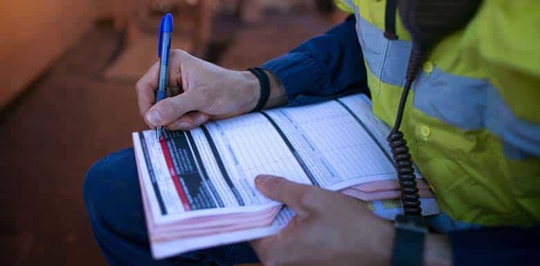The U.S. Chemical Safety Board routinely investigates accidents in various industries. However, these investigations are complex. Knowing the process could bring clarity to your situation and help strengthen your claim for compensation.
What is the US Chemical Safety Board?
The U.S. Chemical Safety Board (CSB) is an independent federal government agency responsible for investigating and reporting on industrial chemical accidents, such as oil field explosion accidents.
Common causes of the oil field accidents investigated by the CSB include equipment failure, unforeseen chemical reactions, and human errors. Many of these incidents could have been prevented, and the goal of the CSB is to find out how.
Some incidents the CSB has investigated include:
- Deepwater Horizon explosion
- Texas City Refinery explosion
- West Texas Fertilizer fire and explosion
- Chevron Refinery explosion
- Xcel Energy Cabin Creek Hydroelectric Plant fire
- Port Wentworth Imperial Sugar Plant explosion
Once the CSB creates a report regarding the incident, the agency has limited authority about what happens going forward. However, those reports can be used by victims harmed in the incidents to establish liability and help obtain compensation.
What is the CSB’s Investigation Process?
The CSB’s investigation process takes between six and 12 months to complete. However, it may take longer if the incident is catastrophic. When the CSB investigates an incident, it takes specific steps geared to achieve a reliable report that can push for change in the industry.
Visiting the Accident Site to Gather Evidence
CSB investigators will initially visit the accident site to gather evidence. They will interview workers, collect samples, and take equipment from the site. The goal is to determine precisely what happened that caused the incident.
Investigators Examine Evidence
Investigators will examine the evidence that was collected from the accident site. They may call in experts such as engineers and chemists to help evaluate. These investigators and experts will work together to create a report.
A Report is Drafted
When all data has been evaluated, investigators will draft a report and submit it to board members for review. This can take between six and 12 months to complete. It will contain expert opinions, eyewitness testimony, and photographs obtained at the accident site.
The Report is Adopted & Promotes Change
Once the root causes of the incident are determined, the CSB will adopt the report and publish it. The goal is to raise awareness and promote change, so that a similar accident will not occur.
The CSB does not have the authority to fine a business or impose other sanctions if they find that someone has violated a safety regulation. However, the CSB may refer the situation to another government agency, such as the Occupational Safety and Health Administration (OSHA), which does have that power.
How Could These Reports Help an Accident Victim?
A CSB report helps an accident victim obtain the information they need about the cause of an accident to establish liability. If someone was injured on the job, workers’ compensation may pay for damages. However, if a third party is responsible, a personal injury lawsuit may be an option.
CSB reports also establish a company’s history for following regulations and safety rules. If several CSB reports have notified an organization that they frequently violate regulations, the organization may be held more accountable to those harmed.
A Chemical Accident Lawyer Can Help You
Chemical accidents are complex and could result in catastrophic and even fatal injuries. If you or a loved one were seriously harmed in a chemical accident, immediately reach out to a Texas personal injury attorney. You shouldn’t deal with this situation alone. Instead, let Kemmy Law Firm stand by your side and ensure you don’t get taken advantage of.
Call us today at (830) 264-6297 or schedule a consultation online with our information form.
The post How does a US Chemical Safety Board Investigation Work? appeared first on Kemmy Law Firm.






